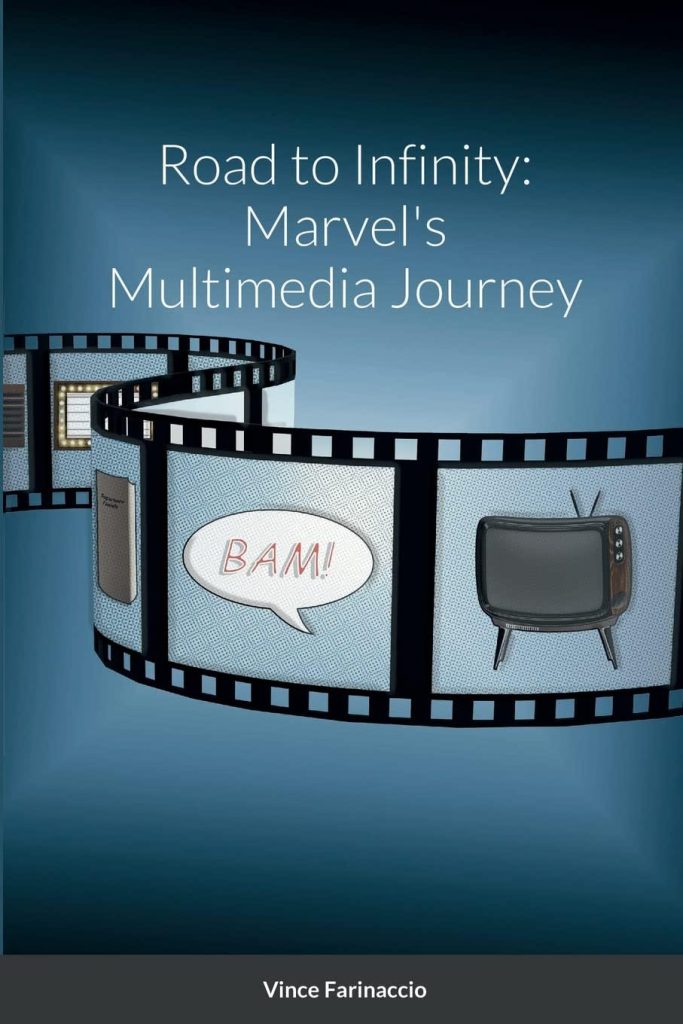Marvel-ous
Excerpt from a book penned by a local author.

The development of a Spider-Man movie had begun with Menahem Golan at Canon Films in 1983, but the first attempt at a script lacked a proper understanding of the title character.
According to Sean Howe, “the first draft of the Spider-Man screenplay had been, perplexingly, about a man who turns into a tarantula…” From there, things became more complicated as the project veered back and forth between development of low- and high-budget productions that teetered between Fox and Sony Studios and a growing list of screenwriters that included Ted Newsom, John Brancato, Barry Cohen and Golan. By the time Carolco entered the race in 1991 it seemed that a Spider-Man feature would soon appear, if not by 1991 as Stan Lee claimed, then in just a few years.
According to Spider-Man artist John Romita Sr., after the character departed the small screen in 1979, “there was more than just a small lull…There were contract disputes…that kept Spider-Man from getting to the [big] screen. Originally, James Cameron was going to direct the film. We at Marvel had wonderful dreams of what Cameron was going to do with Spider-Man, but because the film was held back, it cost us Cameron on the film.”
David Hughes notes that writer/director Cameron, best known at the time for the hit movies The Terminator and Aliens, “had been a fan of superhero stories since his youth, preferring Marvel Comics’ titles like The Amazing Spider-Man and The Uncanny X-Men to DC Comics’ Superman and Batman tales.” Cameron, who had considered becoming a comic book artist, was reportedly ready to produce an X-Men film in the 1990s but was lured away by the promise of a Spider-Man movie, for which he turned in a 57-page scriptment, a film treatment with dialogue, on August 3, 1993.
Hughes reports that the scriptment was “almost obsequiously faithful to Spider-Man’s comic book origins” and presented Peter Parker’s transformation in flashback in the opening while using a first-person narration. It retained the early use of Parker’s spider powers exclusively as a means of earning money before he tackles fighting crime after his uncle is killed and becoming prey to both underworld figures and law enforcement.
Cameron’s story pits the Web-Slinger against Electro and Sandman and creates a love interest between Mary Jane Watson and Spider-Man, rather than Parker, balancing the elements of a crime drama and romance within the superhero genre. And Cameron chose to maintain Parker’s age in the origin tale: “He’s a senior in high school, and I’m playing it the way it was originally written,” the director is quoted in Comic Book Movies.
As early as the 1990s, Cameron was discussing the use of computer-generated images which would, during the following decade, allow filmmakers to better realize how superheroes could be adapted to live-action cinema. In 2004, Film Quarterly magazine would declare, “the proliferation of comic-book movies…reflects technology’s ability to duplicate onscreen what before could be realized only by comic book artists on the page…Spider-Man’s digital passage through the canyons of Manhattan is far more enthralling and three-dimensional than the old-fashioned matte and process work used in 1978’s Superman.”
But Cameron would be denied the opportunity to apply the new technology to a Spider-Man film since Carolco’s bankruptcy in 1996, the same year Marvel filed for Chapter 11, plunged the project into a battle over the rights to the character. Pathe had purchased Canon and Golan had taken his interest in a Spider-Man film with him when he moved to Fox. However, after Toy Biz’s takeover of Marvel Entertainment Group in 1998, Sony Pictures Entertainment entered into the fray and licensed the character in a deal that would later bring the Web-Slinger to the big screen using only portions of Cameron’s scriptment.
Road to Infinity: Marvel’s Multimedia Journey and other books by Vince Farinacio, including a biography of Charles K. Landis, are available at Amazon.com and Lulu.com.









